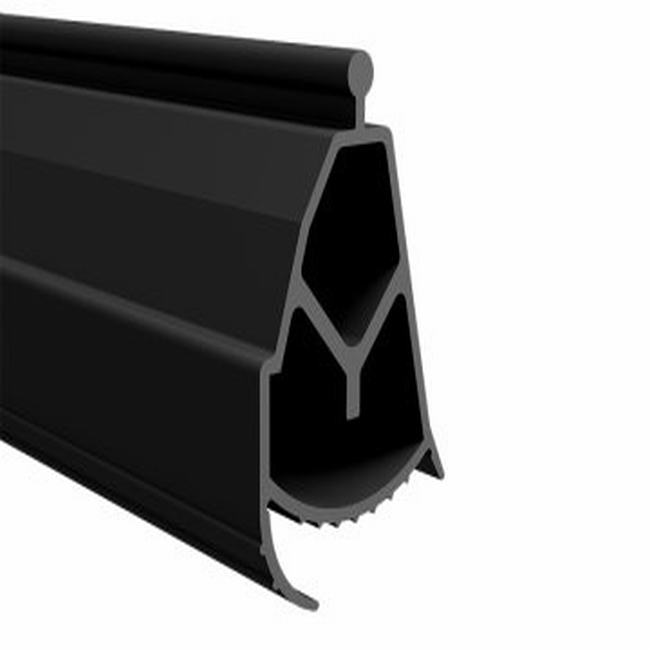Automatic door seals, also known as automatic door bottoms or drop-down seals, are specialized devices used in automatic doors to provide an effective seal between the bottom edge of the door and the floor or threshold. These seals serve several important functions, including energy efficiency, noise reduction, and protection against the infiltration of drafts, dust, moisture, and even pests. Here’s a detailed description of automatic door seals, including their features, types, installation, and benefits:
Features of Automatic Door Seals:
- Drop-Down Mechanism: Automatic door seals are designed with a drop-down mechanism, allowing them to be lowered when the door is closed and raised when the door is opened.
- Sealing Material: The sealing element of these devices is typically made of flexible and durable materials like neoprene, silicone, or rubber, which can effectively create a tight seal.
- Adjustability: Many automatic door seals are adjustable to accommodate variations in floor levels or gaps between the door and the threshold, ensuring a snug fit.
- Ease of Use: These seals operate automatically, requiring no manual adjustment or intervention when the door is opened or closed.
Types of Automatic Door Seals:
- Surface-Mounted: Surface-mounted automatic door seals are attached to the face of the door and drop down to seal the gap between the door and the floor or threshold.
- Recessed: Recessed automatic door seals are installed within a groove or cavity in the bottom edge of the door, making them less visible when the door is closed.
- Concealed: Concealed automatic door seals are hidden within the door frame, providing a discreet and clean appearance.
Installation:
The installation of automatic door seals may vary depending on the type and design of the seal, but here are general steps for installing a surface-mounted seal:
- Measure and Cut: Measure the width of the door and cut the seal to the appropriate length using a hacksaw or similar cutting tool.
- Position the Seal: Attach the seal to the bottom of the door, ensuring that it is centered and aligned with the gap between the door and the floor or threshold.
- Mounting Screws: Secure the seal in place using the provided screws. Be sure to follow the manufacturer’s instructions for the specific seal you are installing.
- Test Operation: Open and close the door to ensure that the seal drops down when the door is closed and retracts when the door is opened. Adjust as needed for a proper seal.
Benefits:
- Energy Efficiency: Automatic door seals prevent drafts from entering and conditioned air from escaping, leading to energy savings and reduced heating and cooling costs.
- Noise Reduction: A properly sealed door helps minimize noise transfer between rooms or from the outside, providing a quieter and more comfortable environment.
- Protection: These seals protect against dust, dirt, insects, moisture, and other environmental elements, ensuring a cleaner and healthier indoor space.
- Security: Some automatic door seals enhance security by sealing gaps that could otherwise be exploited by intruders.
- Aesthetic Appeal: Recessed or concealed automatic door seals can provide a sleek and unobtrusive appearance, enhancing the overall aesthetic of the door.
In summary, automatic door seals are valuable components that improve the energy efficiency, comfort, and security of buildings with automatic doors. They come in various types and designs to suit different applications, and their automated operation makes them user-friendly and effective in maintaining a sealed environment.






